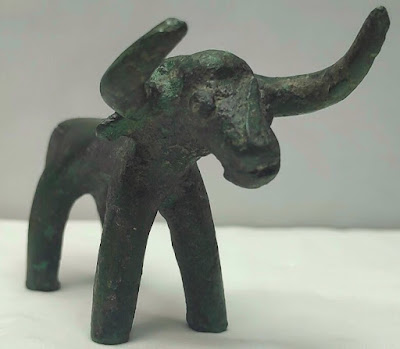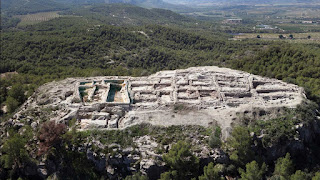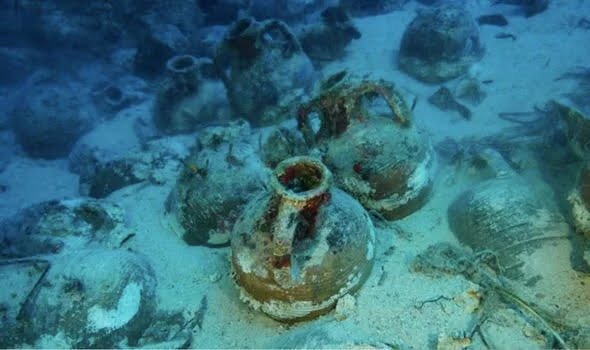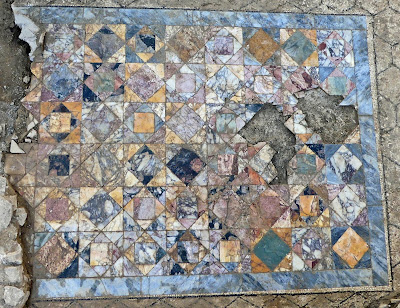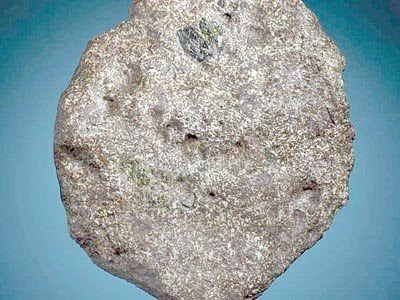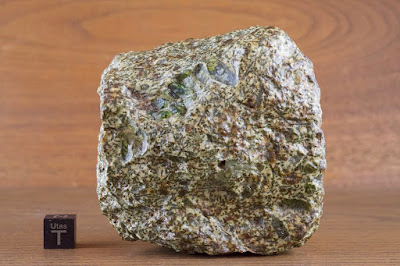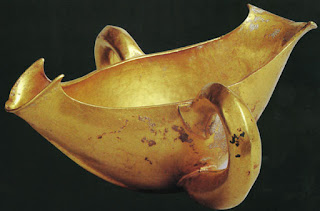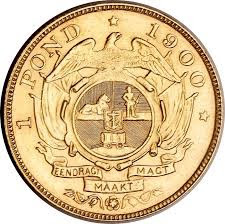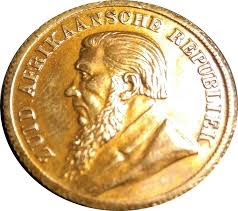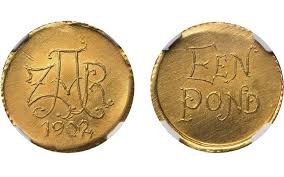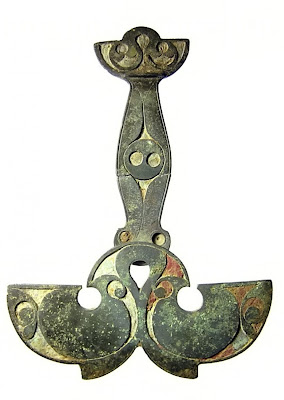 | Sanxingdui (Chinese: 三星堆;'Three Star Mound') is a major Bronze Age site in modern Guanghan, Sichuan, China. It was populated in the 12th–11th centuries BCE. Archaeologists found six new sacrificial pits and unearthed more than 500 items dating back 3,000 years at the Sanxingdui Ruins in Sichuan Province last year. |
| Items from four of the pits included pieces of gold masks, gold foil, bronze masks, bronze tree relics and several ivory pieces. |






